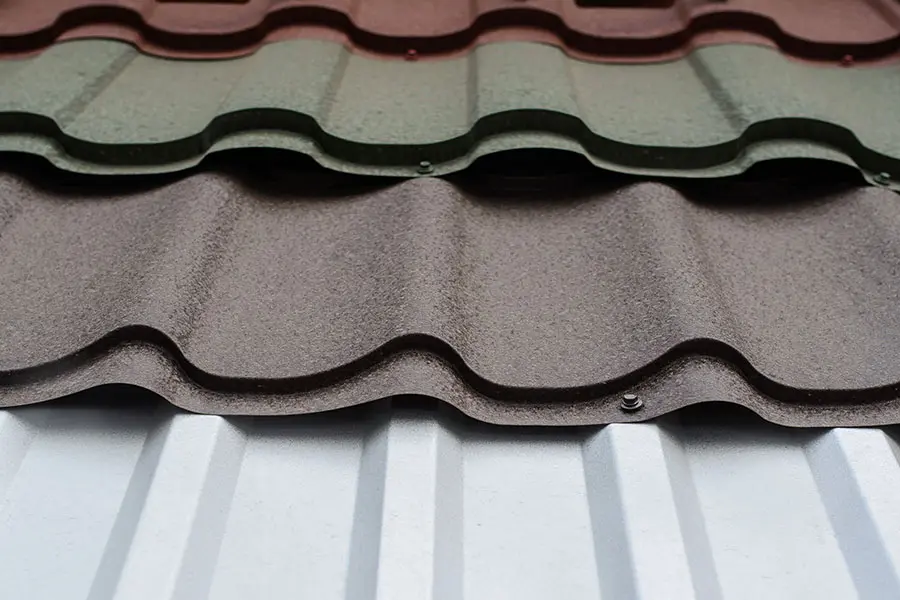Ideal Practices for Ensuring Appropriate Roof Ventilation
Guaranteeing correct roofing air flow is crucial for the long life and effectiveness of a roof. A balanced consumption and exhaust vent proportion, commonly 1:300, plays a crucial function, with intake vents ideally positioned at the lower edge of the roofing system for amazing air entry and exhaust vents at the optimal for cozy air departure. Normal evaluations to identify obstructions and keep clear airflow are extremely important. Moreover, maintaining insulation far from vents is important to avoid air flow limitation. Recognizing these fundamental elements establishes the stage for more in-depth insights into installation and upkeep practices that can substantially improve your roofing system's performance.
Understand Air Flow Basics
Correctly comprehending ventilation fundamentals is important for guaranteeing the durability and performance of roof systems. Efficient air flow minimizes wetness accumulation and temperature extremes in the attic, both of which can lead to substantial architectural damages with time. A well-ventilated roofing assists in protecting against typical concerns such as mold and mildew development, wood rot, and ice dams, which can jeopardize the stability of the roof materials and the underlying structures.
The primary objective of ventilation is to help with the movement of air, enabling a constant exchange in between the indoor and exterior settings. This balance is achieved via a mix of intake and exhaust vents that collaborate to keep optimal airflow. Consumption vents, usually situated along the soffits or eaves, enable fresh air to enter the attic space, while exhaust vents, frequently positioned at or near the roofing system ridge, enable hot, humid air to run away.
Trick aspects influencing the performance of roofing ventilation include proper positioning, ample sizing, and guaranteeing that both intake and exhaust vents are unhampered. Regular assessment and maintenance are critical to identify prospective blockages, damages, or ineffectiveness in the air flow system, thus safeguarding the roofing's efficiency and durability.
Kinds Of Roof Covering Vents
Roof vents play a critical role in preserving reliable attic ventilation and, by expansion, the total health of the roof system. Numerous types of roofing system vents are readily available, each with unique benefits tailored to certain roof covering needs.

Soffit vents are installed under the eaves and job in tandem with roofing system vents to make sure a well balanced intake and exhaust system. By enabling cooler air to get in from below, soffit vents facilitate the expulsion of hot air via top vents. Gable vents, situated on the outside walls of the attic room, offer an additional efficient option, particularly in homes with gable roofings.
Assess Your Current Ventilation

Following, consider the age and problem of your roof products and air flow components. Older systems might not abide with current building ordinance or may have degraded with time, reducing their effectiveness. Conduct a comprehensive examination to determine any kind of indications of damage, such as rust, damages, or gaps that can jeopardize the system's efficiency.
Furthermore, determine the attic room temperature level and humidity levels. High temperature levels and humidity can suggest inadequate air flow.
Installation Best Practices
Efficient setup of roof air flow systems is critical for making sure ideal performance and durability. Appropriate setup begins with comprehending the details air flow needs of the building and the roofing system it covers. This involves determining the right proportion of intake to wear down vents, generally adhering to the 1:300 regulation, which states one square foot of air flow for every single 300 square feet of attic room floor room.

The placement of vents is just as critical. Intake vents need to be set up at the roof covering's lower edge, often in the soffits, to enable awesome air to go into. Exhaust vents, on the various other hand, ought to be mounted near or at the roof's top to promote the exit of cozy, wet air. This creates a natural air movement that helps maintain temperature level and moisture balance within the attic room area.
Seal all vent links meticulously to stop air leaks and prospective water seepage. Use top quality products and adhere to supplier standards to make certain resilience and efficiency. Additionally, integrating ridge vents with baffles can considerably improve air flow effectiveness by protecting against wind-driven rainfall and snow from going into the attic room.
Inevitably, specific setup of roof air flow systems alleviates prospective issues such as mold growth, ice dams, and structural damages, making sure the roofing's honesty and the structure's general wellness.
Normal Upkeep Tips
Consistency in upkeep methods is essential to guaranteeing the long-term effectiveness of roof air weblink flow systems. During these examinations, guarantee that vents are totally free of debris, nests, and various other obstructions that can impede air flow.
Use a soft read the article brush or a vacuum to get rid of dust and debris from intake and exhaust vents. Be careful not to damage the air vent displays or louvers throughout the process.
Appropriate insulation is just as vital. Guarantee that attic room insulation does not obstruct the vents, as this can severely restrict airflow. Reposition or change it to keep an effective obstacle. if any kind of insulation has shifted or settled.
Last but not least, replace any damaged or missing parts quickly. Damaged vents, split roof shingles, or shabby flashing can all add to poor air flow and ought to be attended to immediately. Normal upkeep ensures that the roofing ventilation system functions ideally, therefore extending the lifespan of the roof covering itself.
Final Thought
Making sure correct roof covering air flow is critical for maintaining the effectiveness and toughness of a roof system. Adherence to the 1:300 intake and exhaust air vent proportion, combined with the tactical placement of vents, is crucial. Regular semiannual assessments, debris cleansing, and guaranteeing insulation does not block air flow are crucial techniques. Applying these finest practices will certainly cultivate a well-ventilated roof, consequently reducing possible concerns connected to moisture accumulation and excessive warmth, inevitably lengthening the roofing system's lifespan.
A well balanced intake and exhaust vent ratio, generally 1:300, plays a critical function, with intake vents ideally positioned at the lower edge of the roofing system for amazing air entrance and exhaust vents at the peak for cozy air departure. Intake vents, commonly located along the soffits or eaves, allow fresh air to enter the attic room space, while exhaust vents, typically located at or near the roofing system ridge, make it possible for warm, humid air to leave.
Soffit vents are installed under the eaves and work in tandem with roofing system vents to make certain a well balanced intake and exhaust system. By permitting cooler air to go into from web link below, soffit vents assist in the expulsion of warm air via top vents. Adherence to the 1:300 consumption and exhaust vent proportion, paired with the critical placement of vents, is vital.